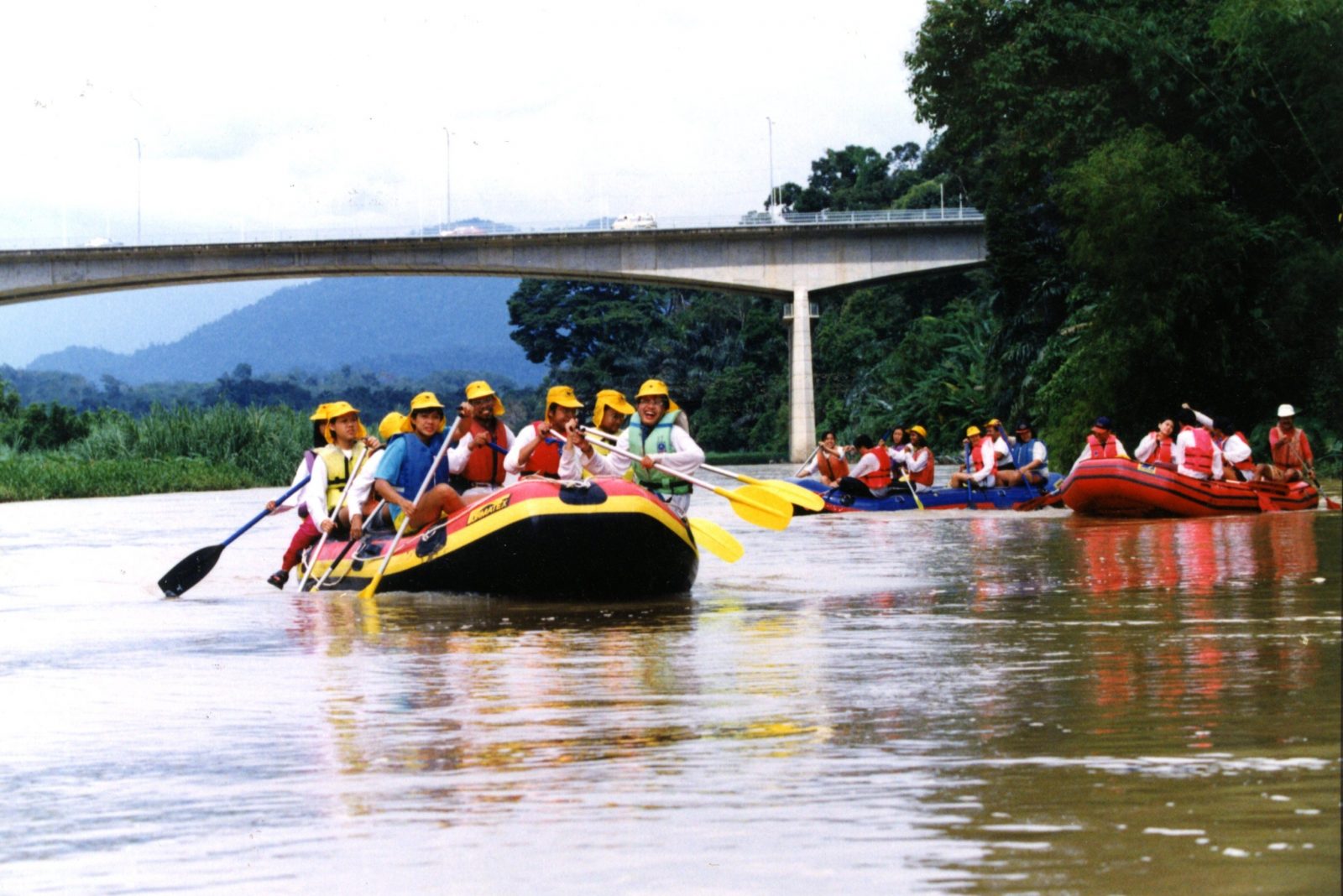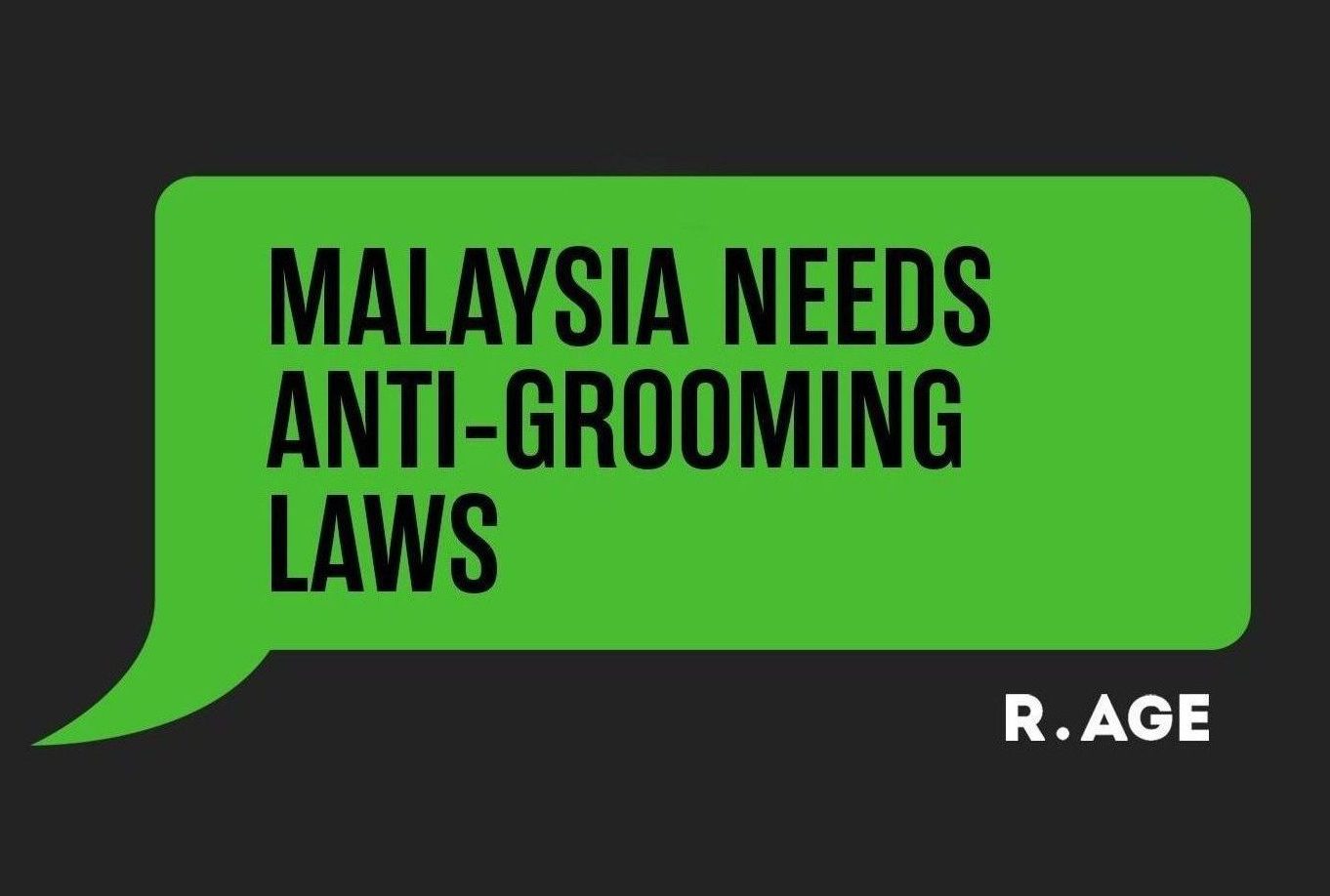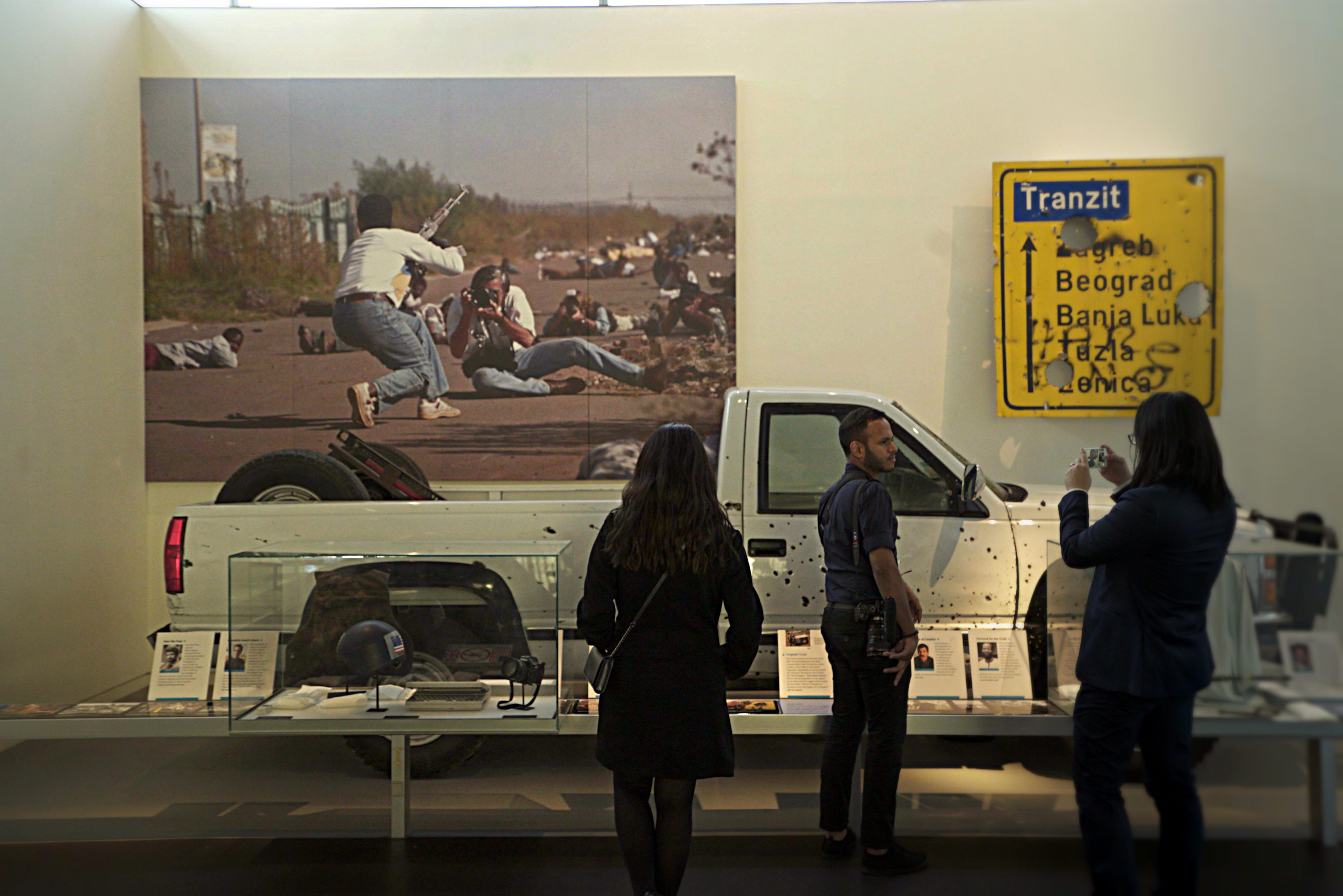By CARLOS RUBEN DOURADO and CHOO XIN ER
brats@thestar.com.my
OVER two decades ago, 10 teenagers gathered in the old headquarters of The Star in Section 13, Petaling Jaya. They were to work there for six months under professional journalists, learning everything there is to know about the art of journalism.
The product of that six months’ work was their very own pull out, a first for The Star. Bursting with pride, the teenagers named it “BRATs” – Bright, Roving, Annoying Teens.
Since then, the BRATs programme has produced hundreds of journalists and media professionals.
While its format has seen a few changes over the years, one thing remains the same: its purpose.
“BRATs is a platform to teach young people how to be good, responsible journalists, people who would use news media to make a difference,” said R.AGE editor Ian Yee, who runs the BRATs programme with the R.AGE team.
“And given the amount of technological tools they have at their disposal, we believe teenagers today have massive potential to do just that.”
Voice of the youth
That was the same philosophy former R.AGE editor Tan Ju Eng had when she founded the BRATs programme.

A file picture showing Tan (in yellow) who started BRATs because she believed teens needed to be given a stronger voice. – Filepic
Long before R.AGE even existed, Tan already believed that Malaysian teens needed to be given a stronger voice, and BRATs would be the platform for them to speak up.
“Young people have a different way of looking at the world,” she said. “It’s important for us to recognise this, and give back to the community by investing in the next generation.”
After two years, she decided to make a radical change. Instead of cooping the BRATs up in an office, she took the most deserving BRATs alumni on a field assignment out of the city, changing the format of BRATs forever.
That trip inspired the current BRATs Camp format, where participants go on exciting field assignments, many of which are once-in-a-lifetime experiences only journalists would have access to.
They’ve gone behind-the-scenes at animal sanctuaries, visited a prison, trekked through underground rivers, gone on exclusive historical tours and more, all in search of compelling stories.
But it didn’t come easy.
“The management was alarmed! There were so many risks involved,” Tan reminisced. “But we fought hard for it, and they became very supportive of us in the end.”
That very first outstation BRATs Camp – held across various locations along the Perak River – was a huge success. The participants had a blast on the six-day camp, the highlight of which was rafting down the river itself.

The BRATs rowing their boats down the Perak river during the 1995 Perak River Expedition, the first outdoor camp, three years after BRATs was launched. — Filepic
It set the tone for all subsequent BRATs Camps. Adventure became a BRATs hallmark – the more outdoorsy and out of the participants’ comfort zones, the better.
“BRATs is not all about journalism,” said Tan. “You can’t be a journalist without first learning to be sensitive to your environment, and having a good perspective towards life.”
“That’s why we bring the BRATs out on the field – you need to experience life yourself first, before being able to effectively convey a message to the public.”
Redefining journalism
When Yee took over as R.AGE editor in 2011, he knew he had big shoes to fill. On top of that, he had to contend with the changing face of journalism as it took on the digital world.
“There was definitely a lot of pressure,” he admitted with a smile. “The BRATs programme is like a big family. It means so much to so many of the participants and facilitators over the years, and I wanted to make sure I kept all of that together.”
Yee had, luckily, been a facilitator at the camp for three years prior to this new role, so he knew how things were done – but he also wanted to take things to the next level.
He focused on turning BRATs into a breeding ground for future journalists. They were taught more technical skills at the BRATs Camps, given more “real-world” assignments throughout the year, and allowed more autonomy to decide among themselves what stories they wanted to see published.
And given R.AGE’s international award-winning work in multimedia journalism, it was only natural that the BRATs Camps started to include workshops like social media reporting and video journalism.

R.AGE editor Ian Yee (middle) with the BRATs at the 2015 Langkawi Camp. He believes that the camp is where young people can discover their potential. — SAMUEL ONG/The Star
As it has been since 1993, everything is taught by professional journalists from The Star and R.AGE. All the participants need to bring to the table is passion.
“It doesn’t matter if you don’t have the technical skills yet. That’s what the camp is for, to teach you skills like news writing, photography and videography,” said Yee.
“But the passion to help others through journalism – that’s something you can’t really teach, and that’s what we look for in our applicants.”
Planning BRATs Camps have always been a lot of work, and it’s something the R.AGE team has always done on top of the journalists’ regular workload.
But it is all worth it, Yee said, when they see the results.
“The most rewarding part is seeing our BRATs participants become professional journalists,” he said proudly.
“Not just any journalist, but responsible ones.”
Yee stressed that good journalism is crucial to having a progressive society.
“There’s an old saying in media circles that ‘people get the media they deserve’,” he said.
“That’s why it’s so important to educate young people about good journalism. They are the ones who have the most influence in determining the future of news media.”





Tell us what you think!